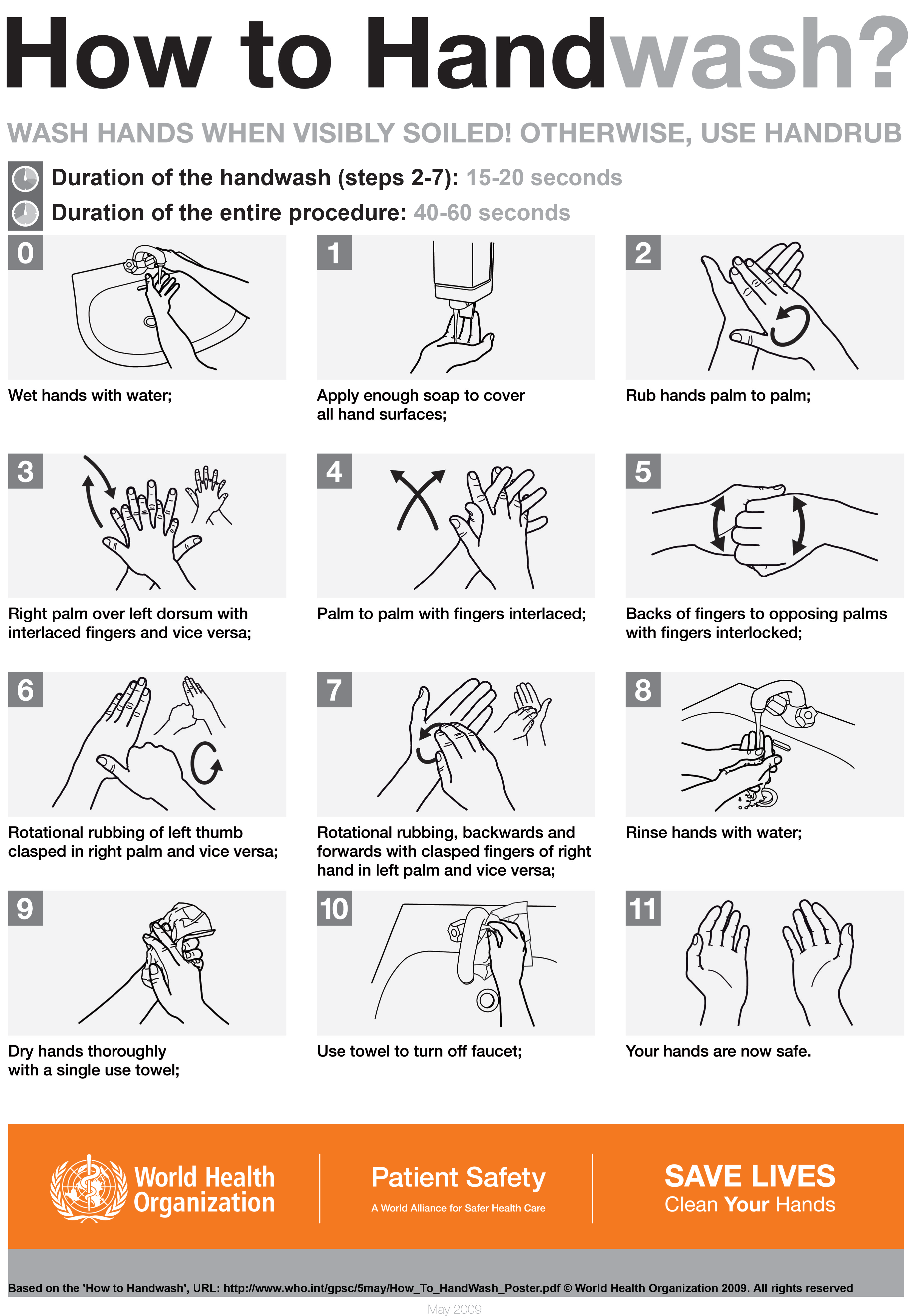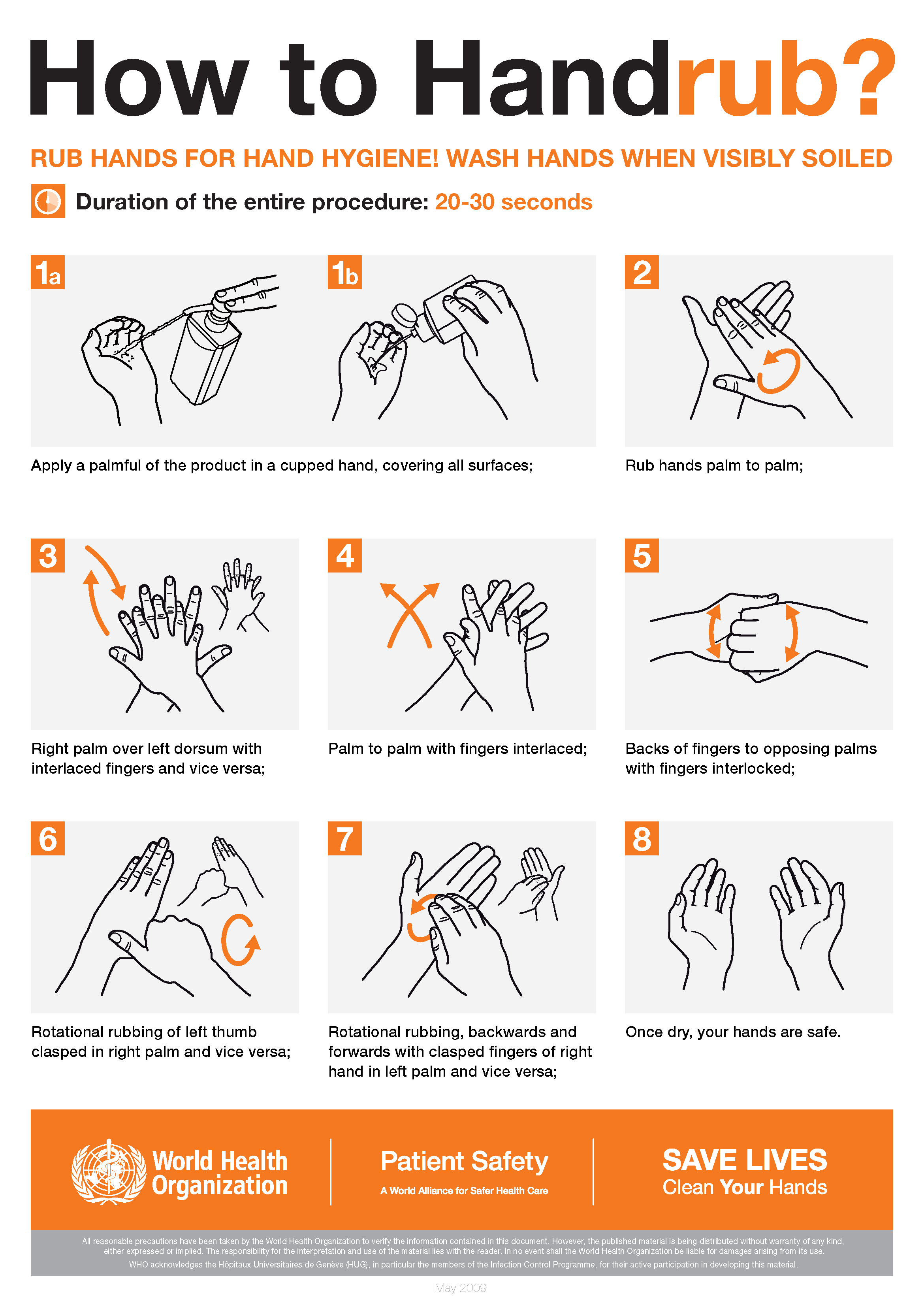|
What can school do to protect my children?
On 10 March 2020, the WHO, UNICEF and the International Federation of the Red Cross issued a guidance statement to help protect children at schools from the transmission of the COVID-19 virus. On 10 May, the WHO released and updated Annex. Please read the complete documents. Below is a concise summary:
To date, there have been few educational institutions involved in COVID-19 outbreaks, but from these studies, it appears that disease transmission was primarily related to social events linked to school or university life rather than transmission within classrooms. These studies also suggest that the introduction of the virus was likely by an adult member of staff.
When schools are fully or partially open, the following COVID-19 prevention and control strategies should be maintained:
- Basic principles
- Sick students, teachers and other staff should not come to school.
- Schools should enforce regular hand washing with safe water and soap, alcohol rub/hand sanitizer or chlorine solution and, at a minimum, daily disinfection and cleaning of school surfaces.
- Clean and disinfect school buildings, classrooms and especially water and sanitation facilities at least once a day, particularly surfaces that are touched by many people (railings, lunch tables, sports equipment, door and window handles, toys, teaching and learning aids etc.)
- Use sodium hypochlorite at 0.5% (equivalent 5000ppm) for disinfecting surfaces and 70% ethyl alcohol for disinfection of small items, and ensure appropriate equipment for cleaning staff.
- To slow transmission of COVID-19, schools should consider:
- Staggering the beginning and end of the school day.
- Cancelling assemblies, sports games and other events that create crowded conditions.
- When possible, create space for children’s desks to be at least one metre apart.
- Teach and model creating space and avoiding unnecessary touching.
- Increase air flow and ventilation where climate allows (open windows, use non-recycling air conditioning where available, etc.)
- Display posters promoting good hand and respiratory hygiene practices.
- This is the best handwashing poster that I can find. It clearly shows how to turn off the tap using a paper towel to protect your hands from re-infection!

Note:The current poster from NSW Health does not explicitly show this potentially important step. It needs to be corrected.

- Some more posters from the WHO on hand washing:



- Some posters from the WHO on respiratory hygiene:



- Ensure trash is removed daily and disposed of safely.
- Provide education to children, parents and caregivers (See complete document for details on child/parent/caregiver education).
[ Back to EBDM Main page ]
Any questions or comments please contact Gordon.Doig@EvidenceBased.net
Privacy Policy
Page last modified on Tuesday 19 May 2020.
|
























